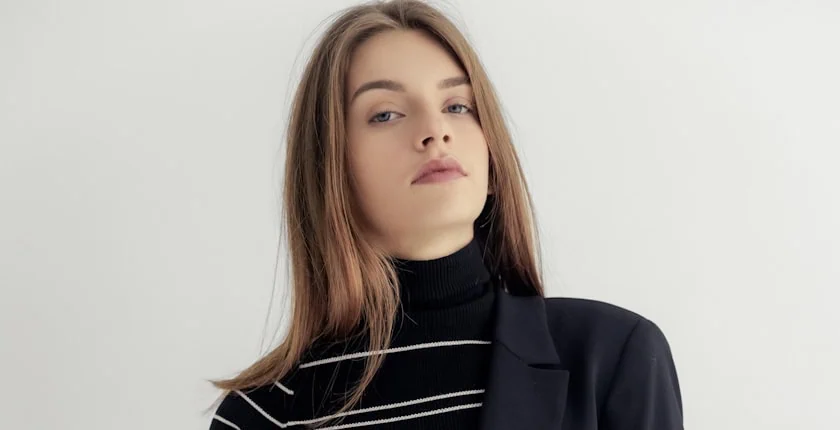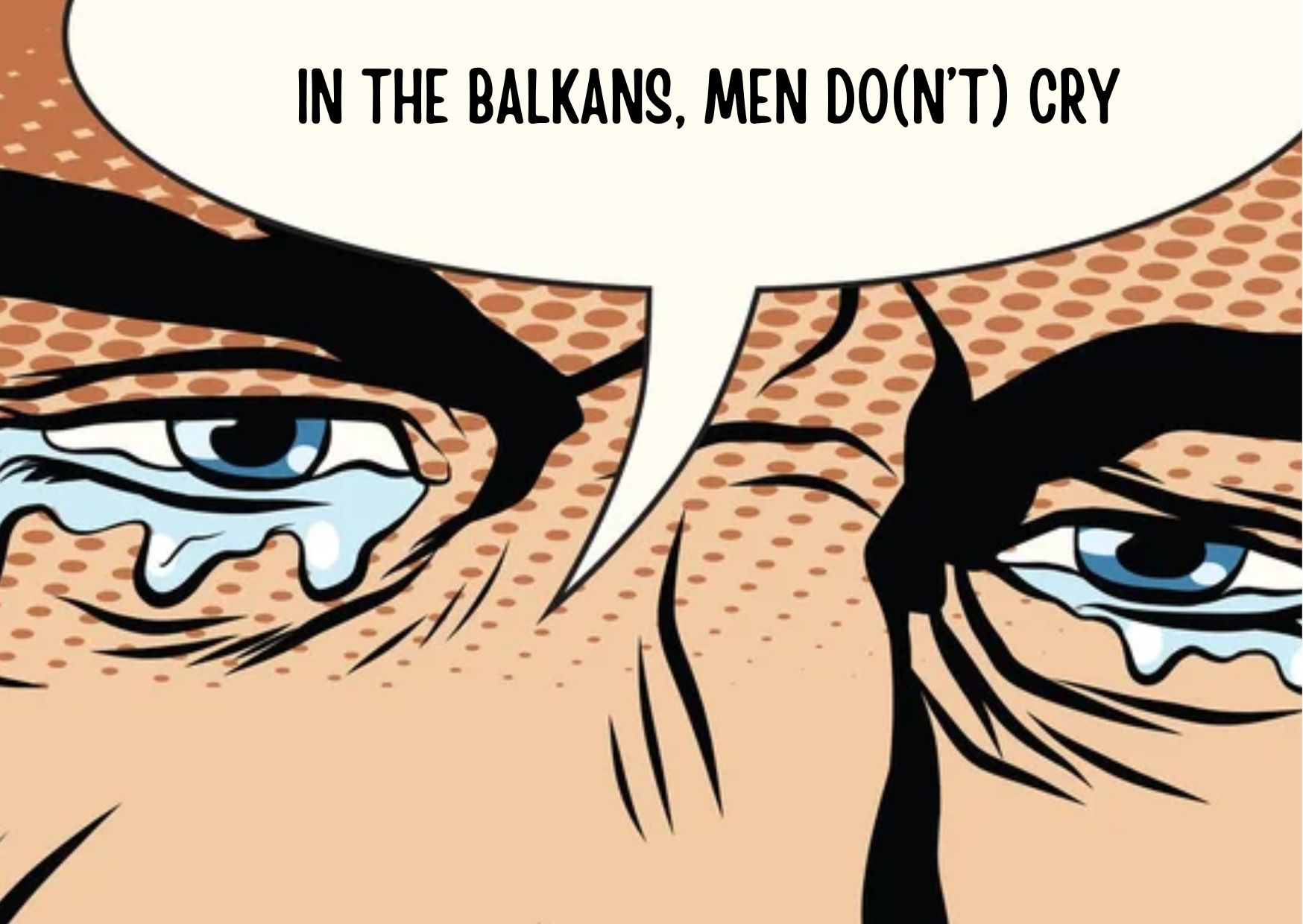Kosovo & Montenegro: The commonalities and differences in customs and traditions
Two small countries in the heart of Europe, Kosovo and Montenegro, are a symbol of courage, but also of unusual customs for centuries. As some traditions are totally different, some are quite similar between two countries, especially if they are neighbors. In this article, we are going to discuss some of the most popular traditions and customs of Kosovo and Montenegro, and witness the similarities between them. They always present themselves best through songs and music.
The gusle
The Gusle is an instrument which is a common custom for Kosovo and Montenegro. The gusle is a single stringed instrument that is primarily used when singing about folklore or heroic deeds. It was used to sing “Këngët Kreshnike” and it was also mentioned in Pjetër Bogani’s “Cuneus Prophetarum” which was written in 1675 and published in 1685. We see its traces in Kruja, in the Northwest, then Malësi e Madhe, Hoti e Gruda, Kelmendi, Kastrati, Rranxat e Shkodrës, Dukagjin, Postrribë, Shllak, Nikaj-Merturi and in the areas of Malësia e Gjakovës.
The instrument should be placed between the thighs with the neck resting on the shoulder. Gusle (Lahuta in albanian language) is played with one string bow going over one wooded instrument in repeated horizontal matter. It consists of a maple sound box covered with animal skin. The neck of the instrument is usually cut to look like a goat’s head, a hawk, or a double-headed eagle. The bow is made of horsetail and creates a dramatic and sharp look. This instrument has special value for Albanians and Montenegrins. Even after it has become unusable due to age injuries, it will not break, burn or be thrown away, but is respectfully kept in another corner of the house, usually in the attic. There were rules for keeping the fiddle. People would hang it on the wall and it was not allowed to hang anything else on that board. In both Kosovo and Montenegro, the gusle is still widespread. What is more interesting and contradictory, UNESCO a few years ago registered Lahuta in the list of cultural heritage of the Serbian state.
The time of the gusle may be long gone, but the values it describes will never disappear, according to a survey of 38 Montenegrin young people aged 18 to 33. When asked how they would feel if the gusle disappeared, opinions were divided; one half say they would be wrong in some way because they are part of a long tradition, while others point out that they would not care but think that the fiddle will survive for the next 20 years. On a questionnaire done with 100 youngsters from Kosovo, the gusle turned out to be liked by 85% of the respondents while 1% don’t like it and 14% don’t have an opinion.
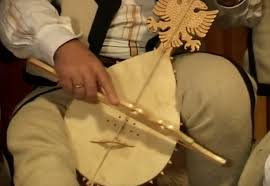
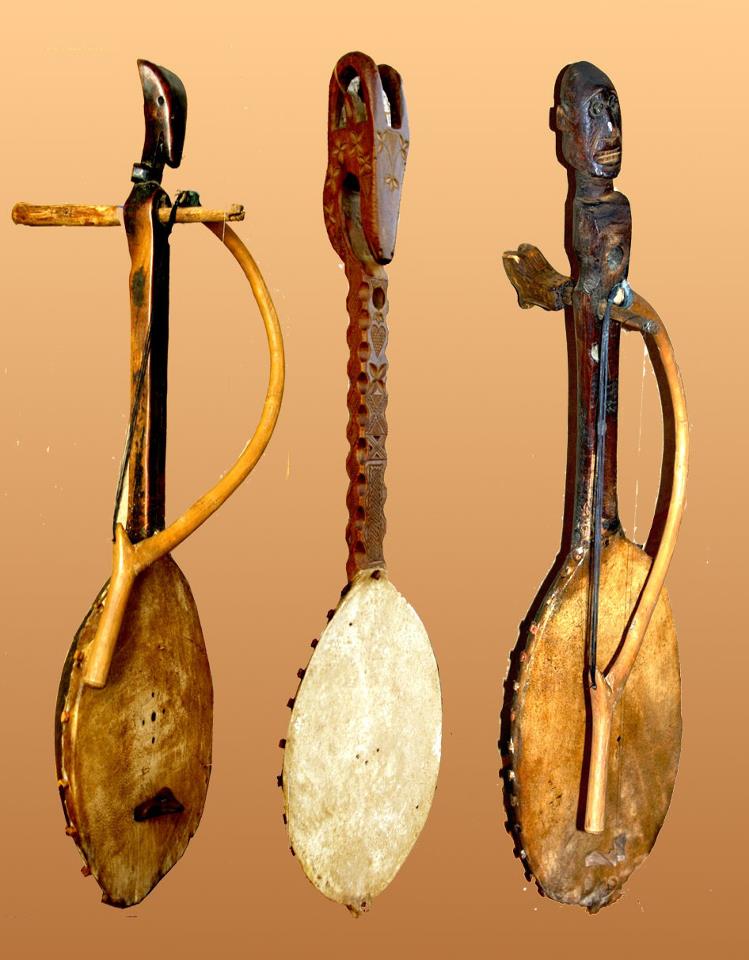
The lament
Another Montenegrin custom associated with the song is the lament. The lament is a song that is part of a traditional funeral ceremony and can be heard less and less in Montenegro. He complains of his grief and anguish, and through the verses he expresses pain for the deceased. The lawsuit also mentions those who passed away earlier, and addresses them as alive, with a statement of the situation in their family; the deceased is asked how life will continue without him and how grief will subside. There are a lot of sighs and syllables in the lament: oh, oh, hey that should represent despair and sadness and are usually verses in octave or twelfth. Lamentation, unlike lamentation, is more like a kind of speech through which moral, life and warrior abilities are emphasized. Mostly those who sue do not lament; there are more who can lament than sue. Lamentations and wailing can be performed by both men and women: in front of the entrance to the house of the deceased, on the way to the stretcher from the house to the cemetery and in the cemetery, standing and walking around the scaffold (the place where the coffin is). He only sues during the day, from sunrise to sunset. One person or several together can sue. When they sue together, then one, who best knows how to weep richly, starts a lament, laments one verse and stops, repeats it another, then a third and until a full circle is made. Then the first one starts a new verse, and the others repeat it all over again. During wailing and suing, they "kill" (hit) each other in the head and chest. He usually sues older people, rarely children. Crying in lawsuits and wailing are memories of parting with the closest, the fight against oblivion from one's family and tribe. This tradition is on the verge of extinction today because only the old complain, and as they die, part of the Montenegrin identity and culture disappears. This is confirmed by the result of the already mentioned research, where the majority has a negative attitude towards this tradition because they believe that it is unnecessary, in a way "false / empty", and that it only makes it more difficult for the family of the deceased.
Where are you equipped, / wild brother! //
My sword from the field, / sword brother! //
My falcon under the wings, / falcon brother! //
My wounds without overcoming, / early brother! //
My eyes taken out, / eyes bro! //
And don't you fall for ‘m, / why, brother! //
If you had done wrong, / if it had been evil for us! //
You have denigrated the whole tribe, / why, brother! //
Mostly your sisters, / sick brother!
(Male plaintiff brother after brother, example from the book "Narodne tužbalice" by Tatomir Vukanović)
Kuda si se opremio, / diko brate! //
Moja sabljo od mejdana, / sabljo brate! //
Moj sokole pod krilima, / soko brate! //
Moje rane bez prebola, / rano brate! //
Moje oči izvađene, / oči brate! //
A da li ti na ‘m ne pade, / zašto, brate! //
Da si loše učinio, / zlo da ni je! //
Sve si pleme ocrnio, / zašto, brate! //
Ponajviše sestre tvoje, / bolan brate!
(Muška tužbalica brat za bratom, primjer iz knjige ,,Narodne tužbalice” Tatomira Vukanovića)
The plis
Every folk story or song is accompanied by a folk costume. Plis, also known as qeleshe, is an Albanian traditional symbol. Plis is a white hat made out of sheep's wool. But, it's not an ordinary hat, the white hat represents bravery, purity, wisdom, manhood and it is carried with pride. The origin of plis dates from the Albanian predecessors, from the ancient Illyrian culture. It was traditionally worn by men, but women used to wear it too. Even though it is less worn now, people still wear it on happy or sad occasions or even on a daily basis. Nowadays you can see it on sports fans, they wear it in the sports arena to represent their identity. Based on the region, the Plis has different forms such as oval or foursquare. Kosovo wears the oval ones Legend says: The Plis symbolizes half of divine ovules, by which egg God came flying eagle or hawk, with his arms created everything. According to the questionnaire, most youngsters in Kosovo seem to like the Plis, but not all of them would wear it, even if they did, they would wear it only on specific events.
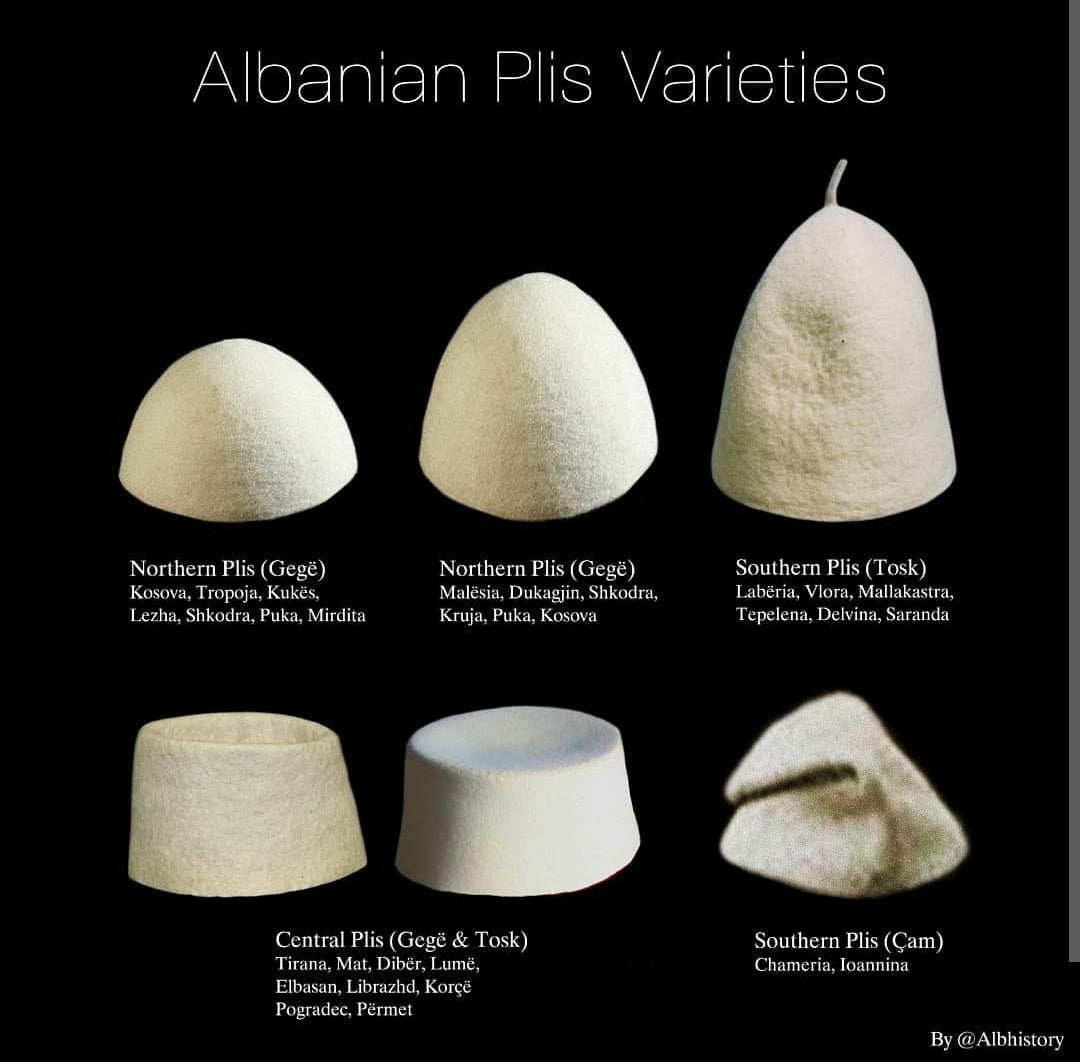
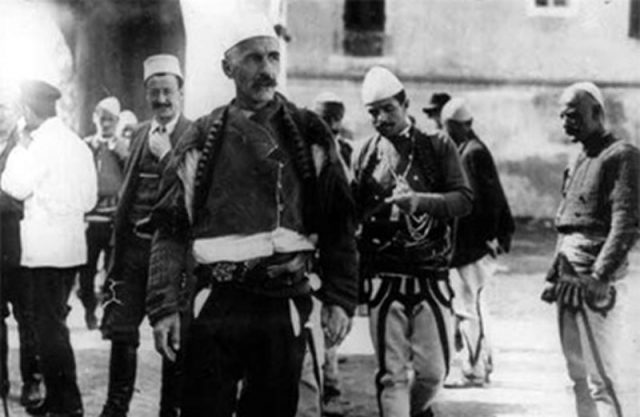
Isa Boletini - an Albanian commander, guerrilla, politician and rilindas and other albanian men wearing the plis.
Superstitions
Superstition exists in all nations. In Montenegro, it is especially present, and mostly older people pass it on to younger people, although young people in the research state that they do not consider it a feature of the Montenegrin people and that they would be glad if it disappears because they do not consider it as something original and the root of our peoples. Some of the most common are the following:
- Knocking on wood - it is done when talking about something good, so it is knocked to prevent something bad from happening and it is mostly said: "God forbid"
- Red thread around the arm - is placed to protect a person from evil and anything that could harm, as a kind of amulet
- Spilling water for someone - usually when a person has an important event in life, so when water spills it means that happiness accompanies him. Usually this is done before the trip or when the student has an exam and the like.
- A black cat in front of you or passing under a ladder - means some misfortune or discomfort follows. Usually when people see a cat they go the other way and do not go under the ladder.
- Collecting crumbs - means that a person will collect crumbs for a lifetime, ie something small and will not have enough, so take a cloth and pick up everything, not by hand.
- A sip of a drink in a glass - will bring a quarrel into the house, and you should drink everything.
- Opening an umbrella in the house - will bring some misery, misfortune or sadness to the family.
- Whistling in the house - will invite mice and other rodents into the house
- Itchy palms - means that it is money. If the left one itches, you will get money, and if the right one itches, you will give money.
- Sitting on the corner of a table and chair - means that the person will never get married.
The paja
Another interesting tradition in Kosovo is Paja (also known as çejzi) is the bride's belongings and wealth that she takes to the groom's house when she gets married. This was a very common tradition before, but now it is in extinction. Preparations for the output of it started much earlier before the wedding. People considered it as some kind of pride. Paja consists of carpets, clothes, gold, traditional dresses of the bride, embroidered lace, bed sheets, mattresses, pillows, gifts etc. Because it cost a lot, it would point out the economic situation of the family too. On the night of kanagjeç (a celebration kept at the bride's house with women only, before the wedding) paja is exposed in a room for people to look at day of the weeding, the groom and his family go to the bride's house to take her and take the paja. While 19 respondents claimed that they would like to make the paja, 39 others said that they wouldn't, but they like it when others do. 26 respondents don't like it and 16 don’t have a specific opinion. Based on the questionnaire 77% of the youngsters said that they like Kosovo’s traditions and customs.

Photo: Arber Selmani

Dallama – traditional Albanian clothes included in paja
While these are just some of the traditions and customs of these two countries, there are some others that represent each country and make them unique.
*This designation is without prejudice to positions on status and is in line with UNSCR 1244 and the ICJ Opinion on the Kosovo Declaration of Independence.
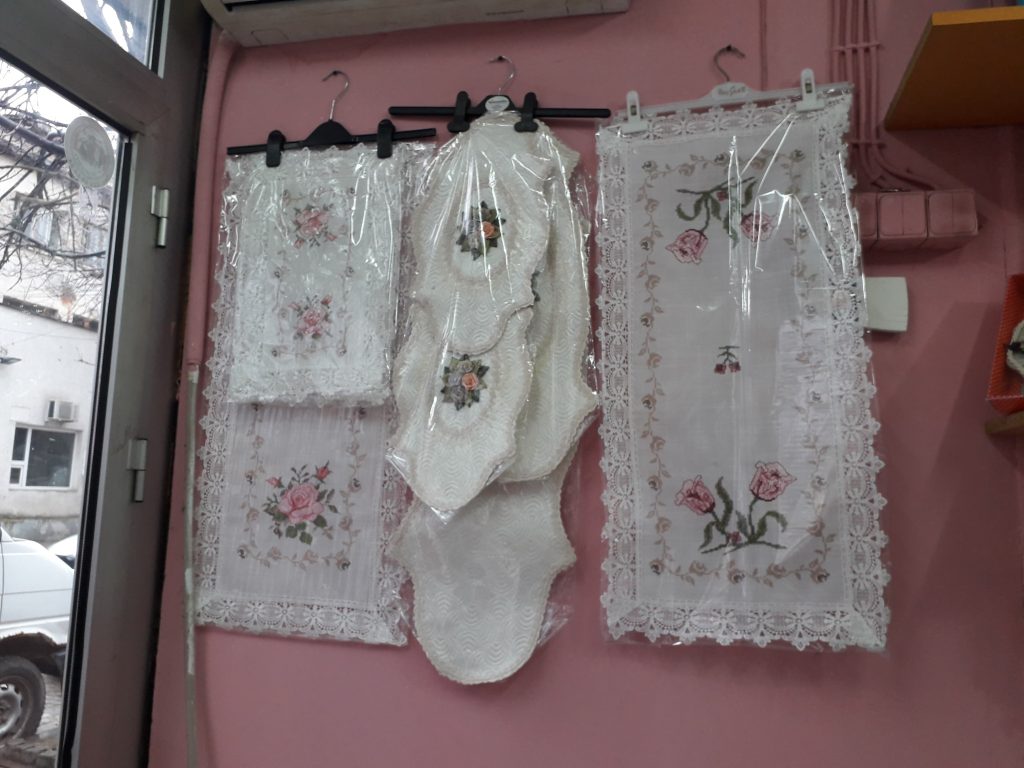

 (1)-1640088310.jpg)




